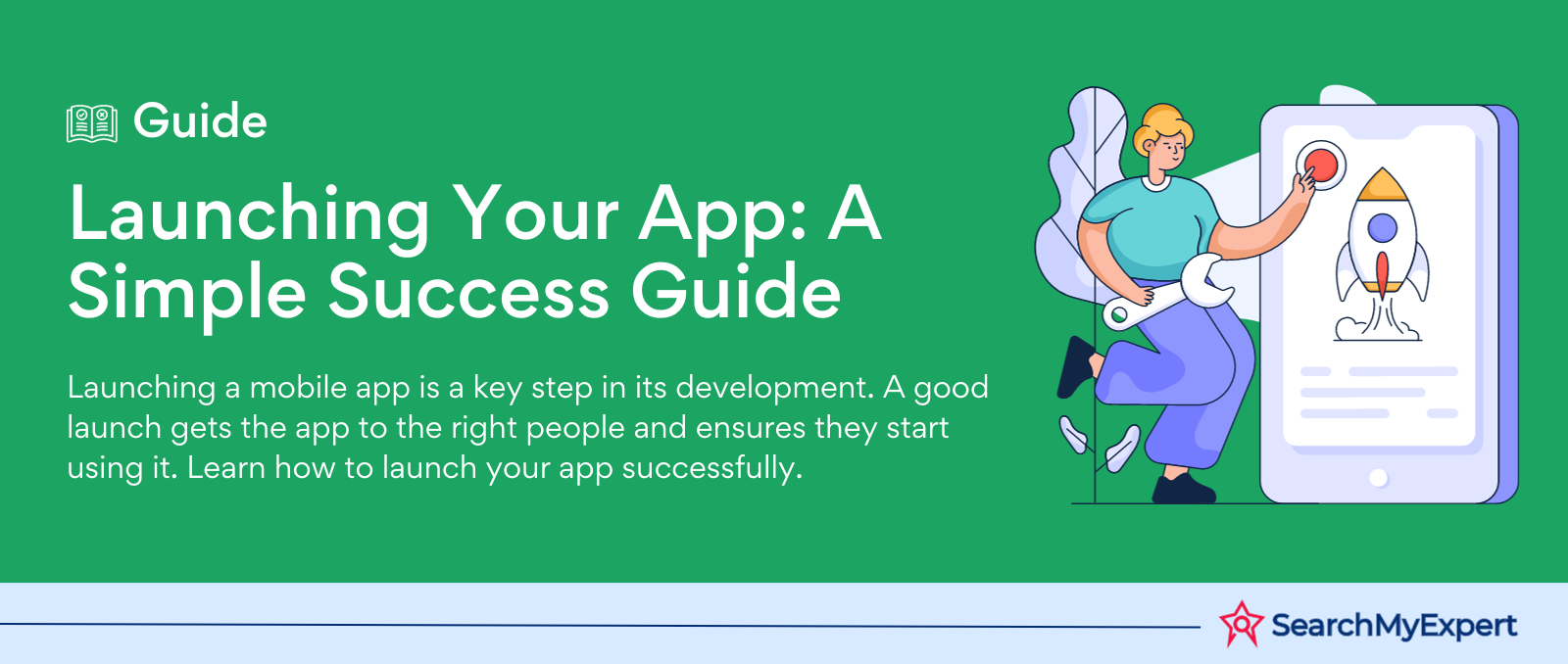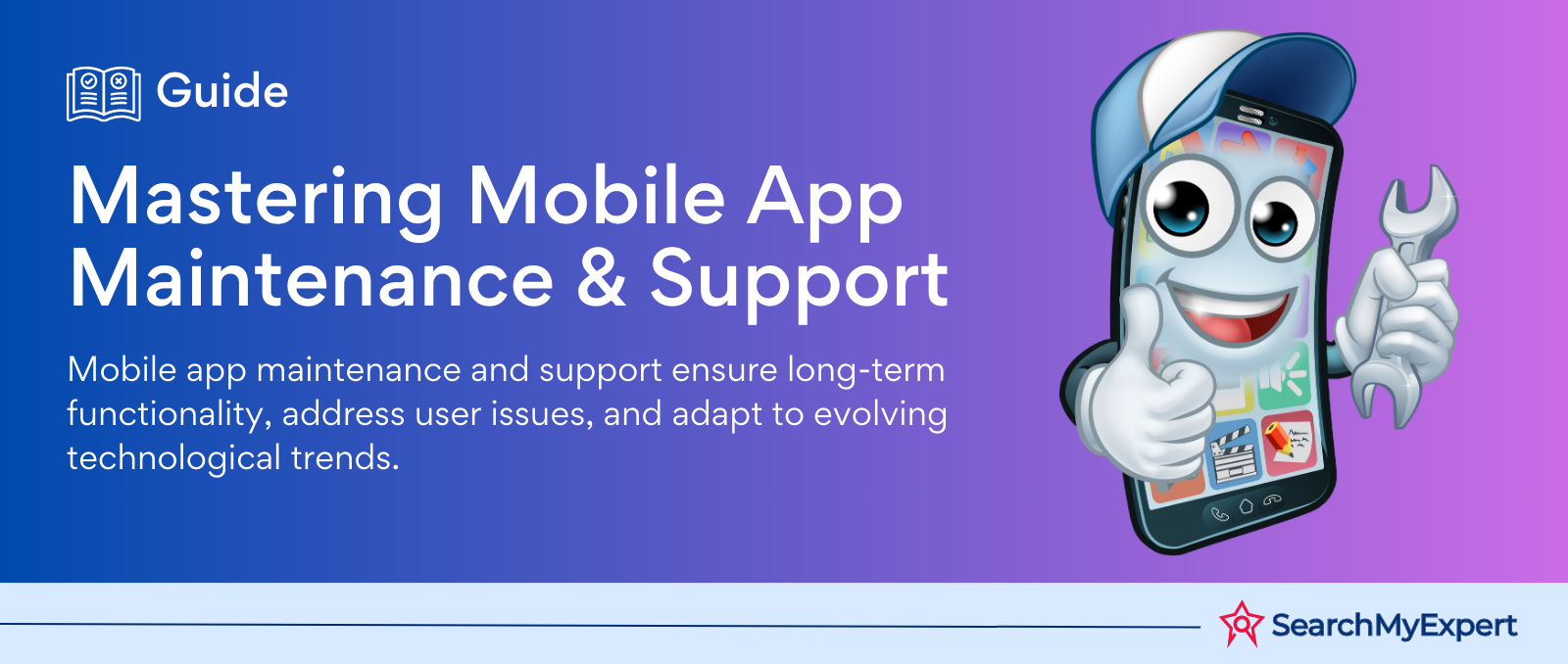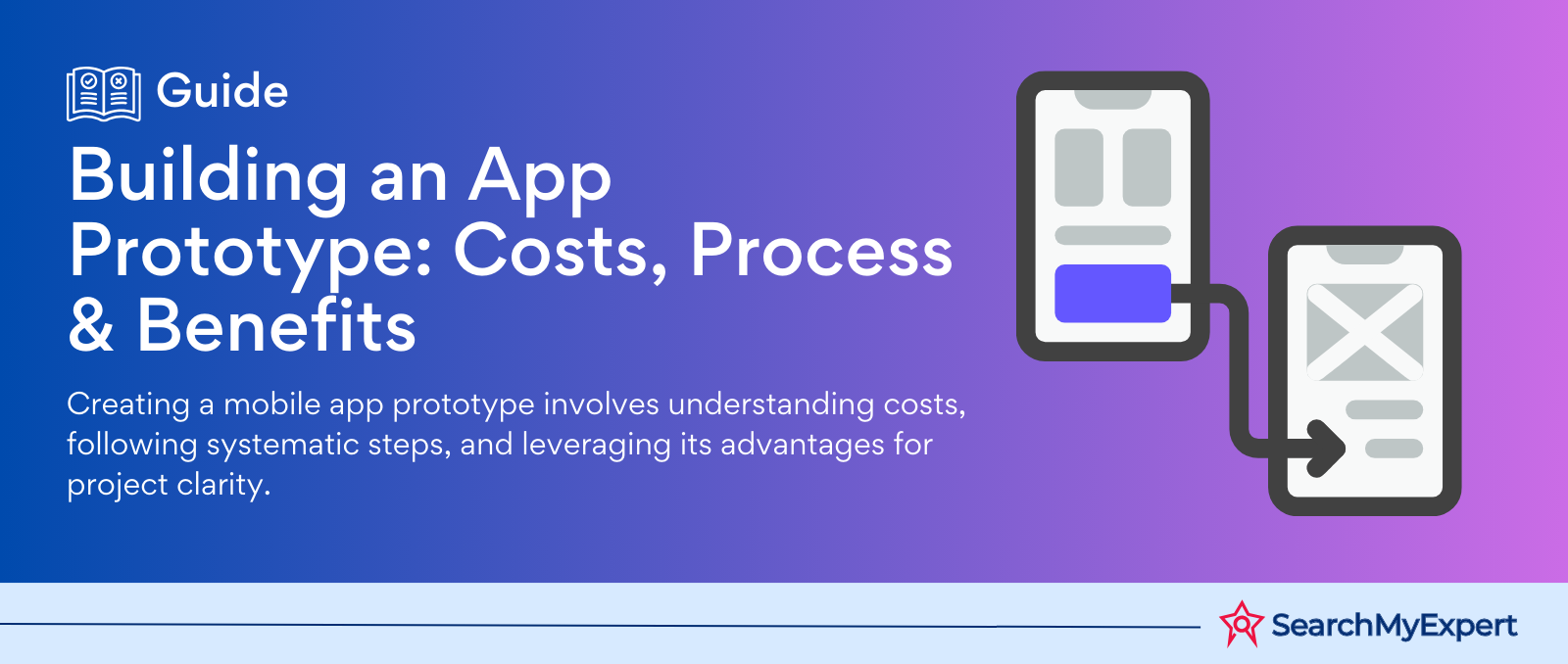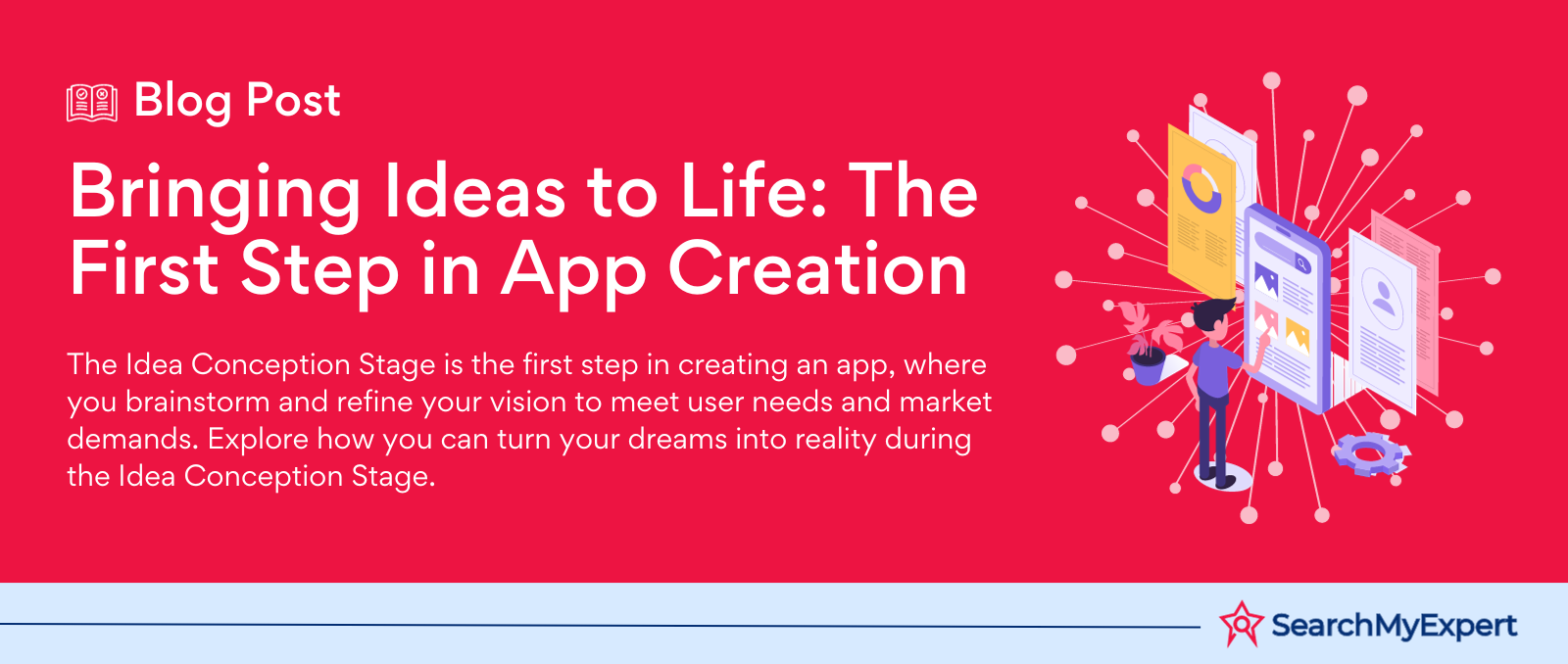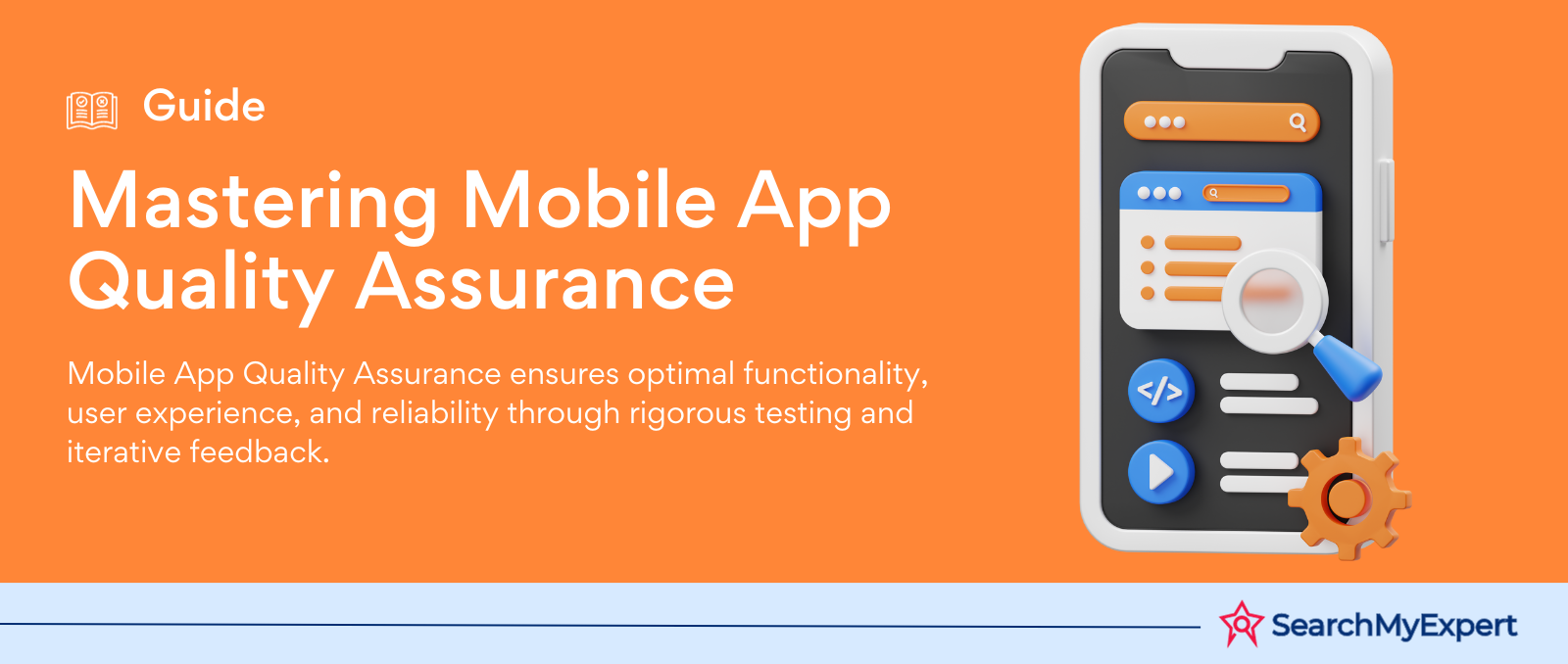The Ultimate Guide to Offline Mobile App Development
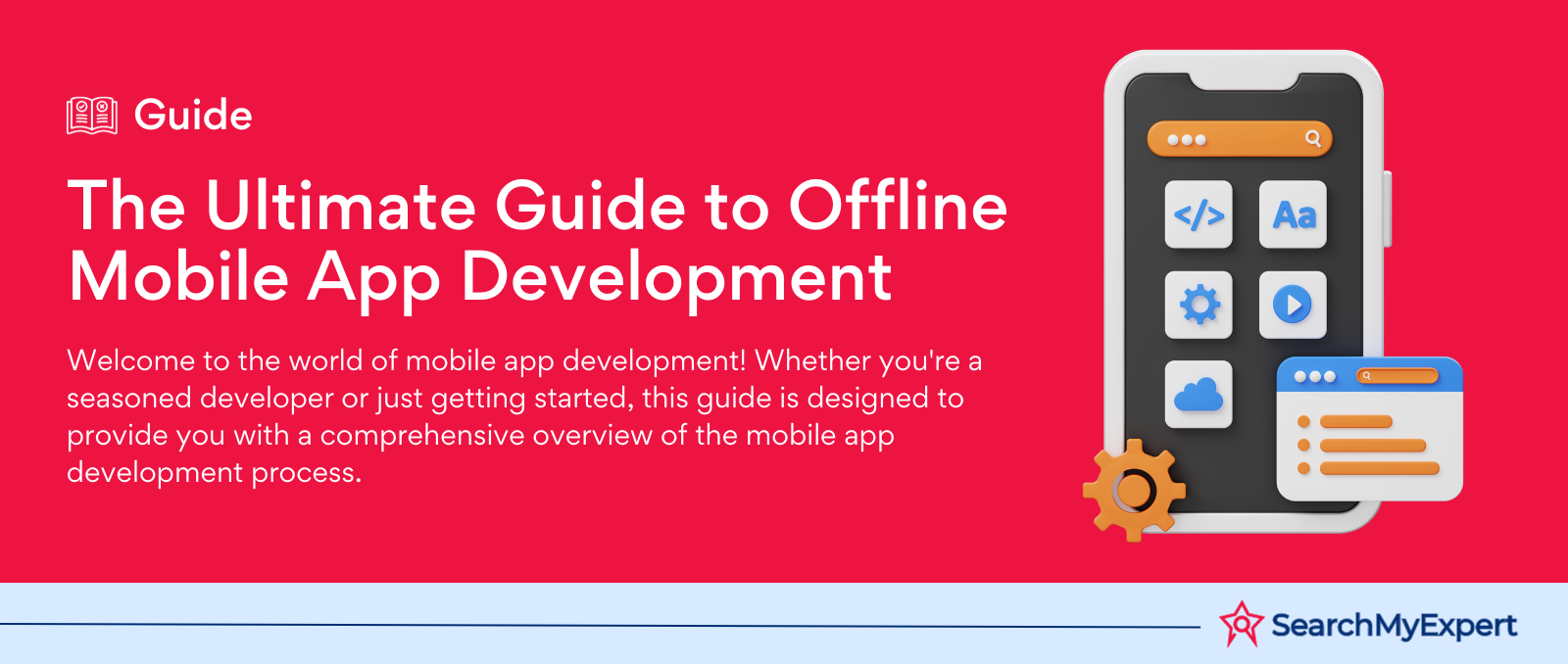
With the rapid growth of technology, the need for seamless app experiences is now more pronounced than ever. Offline functionality in mobile apps has gone from being a luxury to a necessity. Let’s delve into the world of offline app development and understand its significance.
Why is Offline Capability Vital for Mobile Apps?
Mobile app users today expect a seamless experience, regardless of internet connectivity. Here's why offline functionality is imperative:
1. Enhancing User Experience
In a world brimming with choices, users are less forgiving of apps that stall or fail due to poor internet connections. Offline functionality ensures consistent and uninterrupted user engagement.
2. Staying Ahead in the Competition
With millions of apps on the market, differentiating your product is crucial. An offline feature could be the unique selling point that sets your app apart from the crowd.
3. Bolstering User Retention and Loyalty
Apps that function offline efficiently often see higher user retention. The flexibility and reliability increase user trust and loyalty.
4. Efficient Battery Consumption
Offline-ready apps tend to drain less battery, as they aren't consistently searching for a network. This makes the app more attractive to users who are conscious of their device's battery life.
5. Cost-Efficiency
Roaming data plans can be expensive. With offline functionality, users can avoid these costs, making your app more attractive to frequent travelers.
Real-world Scenarios: The Need for Offline Apps
Let's explore some practical situations where offline functionality shines:
1. Travel and Exploration
Imagine trekking in a remote location. While connectivity may be sparse, the need for certain apps like maps, translators, or travel guides remains.
2. Business Operations
For professionals on the move, especially in areas with fluctuating internet connectivity, offline features in business apps can be a lifesaver.
3. E-commerce and Retail
In areas with unstable connectivity, an offline-first approach in shopping apps can greatly enhance user experience, allowing them to browse products without interruptions.
4. Digital Reading
For e-readers and news apps, downloading content to access offline can be incredibly useful, especially during commutes or in areas with limited connectivity.
Implementing Offline Features: Best Practices
Building offline capabilities requires strategic planning. Here are some tried-and-tested practices:
1. Clear Offline UI Indication
Ensure users are aware when they're using the app offline. A simple icon or a message can keep them informed without hampering the experience.
2. Efficient Data Storage
Use local storage solutions to store necessary data, ensuring the app remains functional. This might include caching commonly used data or preloading essential resources.
3. Seamless Data Synchronization
Once online, ensure efficient data synchronization. Whether it's updating user profiles, syncing shopping carts, or uploading data, this process should be smooth and error-free.
4. Prioritize Critical Features
Not every feature of your app needs to function offline. Identify and prioritize those that are critical to the user's offline experience.
Choosing the Right Technology
Offline app development demands the right set of tools and technologies. Here are factors to consider:
1. Data Synchronization Strategy
Evaluate the frequency and volume of data that needs synchronization. This will influence how and when data is synced once the app is online.
2. Security Concerns
Ensure that sensitive data is encrypted and securely stored. Offline apps shouldn't compromise on user privacy.
3. Update Mechanism
Decide if your app will pull updates from the server or if the server will push updates. The choice can influence user experience and resource usage.
Here is the diagram illustrating offline data flow

Advantages for Businesses with Offline Capabilities
Having an offline-ready app not only benefits the end-users but also presents a plethora of advantages for businesses. Let's explore these:
1. Expanding User Base
Offline functionality can help businesses tap into markets where internet connectivity is sparse or unreliable. Developing countries, rural areas, and even certain urban pockets with network issues can now be targeted effectively.
2. Reduced Server Loads
Offline apps can reduce the constant strain on servers. Since not all data needs to be fetched in real-time, it can lead to optimized server usage and potentially reduced costs.
3. Enhanced Brand Reputation
Offering an offline feature signifies that a business values its customers' convenience and experience. It can lead to positive reviews and word-of-mouth referrals.
4. Incremental Revenue Opportunities
For apps with in-app purchases or advertisements, offline capabilities can lead to increased revenue. Users can interact with the app longer and make purchases even without connectivity.
Challenges in Offline App Development
While offline capabilities offer numerous benefits, implementing them comes with its set of challenges:
1. Data Integrity
Ensuring data consistency between the local storage and server is crucial. Outdated or mismatched data can lead to user frustration and potential business losses.
2. Storage Limitations
Device storage isn't infinite. Developers need to strike a balance between the amount of data stored locally and the device's storage capacity.
3. Complexity in Development
Building an offline-ready app is inherently more complex than a standard online app. It demands more rigorous testing to ensure all features work seamlessly, both online and offline.
4. Maintenance
Offline apps require regular updates to ensure they align with their online counterparts. This can mean more frequent app updates and patches.
Key Takeaways for Offline App Development
- User-Centric Approach: Always prioritize the user's needs. Identify which features they're most likely to use offline and focus on making those available.
- Efficient Data Management: Ensure the app uses local storage efficiently, balancing between necessary data and device storage limits.
- Regular Testing: With the added complexity of offline functionality, it’s crucial to regularly test the app in various scenarios to ensure optimal performance.
- Feedback Loop: Encourage users to provide feedback on the offline experience. This can offer insights into areas of improvement and potential new features.
Harnessing Offline Capabilities for Different App Genres
Every app genre can benefit from offline capabilities. Let’s explore how different app genres can leverage offline functionalities:
1. Educational Apps
For educational apps, offline capabilities mean students can access course materials, lectures, and quizzes without interruptions. Whether they’re in remote locations or just in areas with spotty internet, learning never stops.
2. Health & Fitness Apps
Fitness enthusiasts can follow workout regimes, track their progress, and access nutritional information, all without the need for constant internet connectivity. This is especially useful for outdoor workouts in areas without stable internet.
3. Entertainment Apps
Music and video streaming apps can allow users to download content for offline consumption, ensuring entertainment on-the-go, even in no-network zones.
4. Productivity Apps
For professionals using productivity tools, offline capabilities mean uninterrupted access to calendars, notes, tasks, and more, ensuring they stay on top of their game, regardless of internet availability.
5. Gaming Apps
Offline gaming apps can keep users engaged even when they don't have internet access. Features like saving game progress locally and syncing when online enhances user experience.
Best Practices for User Engagement in Offline Apps
1. Intuitive UI/UX
The design should clearly indicate offline mode, ensuring users are aware and can navigate the app confidently without confusion.
2. Data Backup
Regularly back up user data to prevent data loss. Once the app comes online, ensure seamless synchronization with the server.
3. Optimize for Performance
Offline apps should be optimized for speed. Since they don't rely on server responses, they have the potential to offer even faster user experiences.
4. Regular Updates & Patches
Keep the app updated with the latest features and security patches. Regular updates show commitment to offering the best experience to your users.
Conclusion
As technology continues to evolve, so will the capabilities of offline apps. With advancements in AI and machine learning, offline apps might soon offer personalized experiences based on user behavior, even without real-time server interactions. Edge computing is another domain that can further enhance offline app functionalities by allowing data processing at the source. The future is promising, and offline apps are poised to be at the forefront of this evolution.The age of offline apps is upon us, and it’s a realm filled with potential. As businesses and developers, understanding the importance of offline capabilities is the first step towards creating applications that truly stand out. It's not just about staying relevant in a competitive market but about offering genuine value to users. In the age of digital transformation, offline capabilities ensure that no user is left behind, and every interaction is meaningful. As we continue to push the boundaries of what's possible in the app development world, offline functionality will undoubtedly play a pivotal role in shaping the future.
Discover a world of
exceptional
App Developers today.
share this page if you liked it 😊
Other Related Blogs

Mastering Docker for App Development: A Comprehensive Guide to Benefits, Use-Cases, and Alternatives
STAY UP TO DATE
GET PATH'S LATEST
Receive bi-weekly updates from the SME, and get a heads up on upcoming events.
Contact Us




